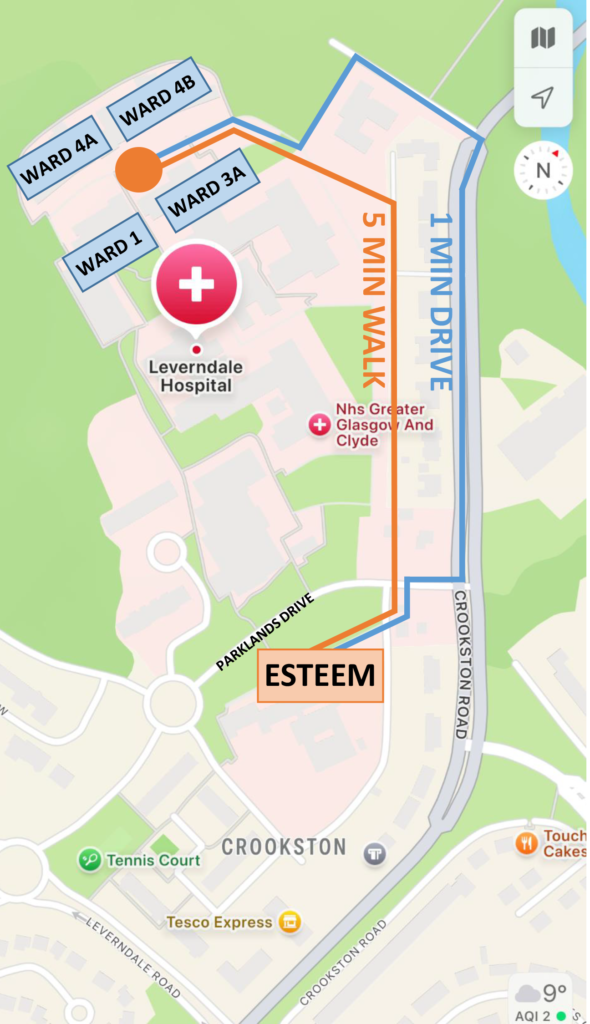What do I need to bring with me?
- List of current medications that you take.
- Any samples that have been requested.
- A list of any relevant medical conditions or surgical procedures you have/have had.
- Questions you may have about your admission.
What do I do if I need an Interpreter?
If your English is limited or if you need the services of a sign-language interpreter please contact Pre-operative Assessment Clinic as soon as possible so that an interpreter can be arranged.
How do I cancel or reschedule my appointment?
This appointment is important preparation for your surgery. You must come to this appointment or let us know if you need to cancel or change it.
Who will be present during my operation?
You will always be treated by an appropriately skilled practitioner with suitable support in a location designed to look after you during your operative stay. Your anaesthetic and surgery may not be performed by a doctor or surgeon you have previously spoken to. You will have the opportunity to speak to them before your procedure, though this may be on the morning of surgery.
All hospitals in GGC are teaching hospitals. This means that medical students may be present in theatre. Most often students are only present to observe, but occasionally they may assist with very simple procedures under strict supervision. You will have the opportunity to discuss this with your anaesthetist and surgeon on the morning of surgery, however, should you wish to clarify this beforehand, please contact our team.
Where will I get my anaesthetic and who will provide it?
GGC is committed to ensuring you receive safe, prompt and timely treatment. This means that you may have to attend a different hospital to the one which hosted your clinic appointments and that your anaesthetic and surgery may not be performed by a doctor or surgeon you have previously spoken to. You will have the opportunity to speak to them before your procedure, though this may be on the morning of surgery.
You will always be treated by an appropriately skilled practitioner with suitable support in a location designed to look after you during your operative stay.
Will there be anyone other than the theatre teams present during my anaesthesia?
All hospitals in GGC are teaching hospitals. This means that medical students may be present in theatre. Most often students are only present to observe, but occasionally they may assist with very simple procedures under strict supervision. You will have the opportunity to discuss this with your anaesthetist and surgeon on the morning of surgery.
Can I continue to breastfeed after an operation?
Some women require surgery under a general anaesthetic or sedation while breastfeeding. Many women are concerned about the risk of passing drugs into breast milk. However, we advise that you should breastfeed as normal following surgery as soon as you are awake and able to do so. There is no need to express and discard breast milk. Drugs used during the operation are only transferred to breast milk in very small amounts and there is no evidence of any effects on your breastfeeding infant.
You should mention that you are breastfeeding to your anaesthetist at the pre-operative assessment visit or on the morning of surgery. This will allow the anaesthetist to plan the most appropriate anaesthetic and use the safest anaesthetic and pain-relieving drugs for you. You should avoid taking codeine after the operation.
If you are having a day surgery procedure (able to go home later the same day), you should have a responsible adult stay with you for the first 24 hours and be cautious when co-sleeping or sleeping while feeding the infant in a chair in case you are more drowsy than normal. If you need to remain in hospital after your operation and your child is not able to stay with you on the ward, you may wish to express and store breast milk.
For further information please see the following leaflet from the Association of Anaesthetists Guideline for Breastfeeding in Anaesthesia and Sedation.












